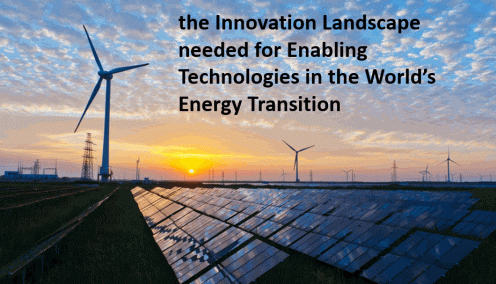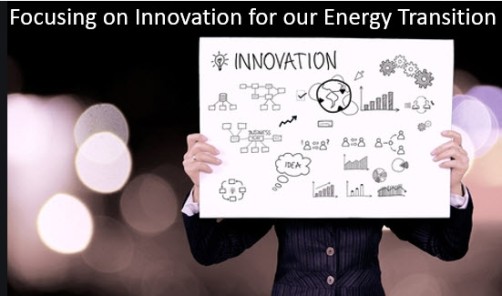 During this September to November 2019 period, I deliberately chose to have a 100% focus on the energy transition that the world is committing to as an undertaking, of reversing the rising global climate temperatures through a shift from fossil fuels to increasing commitments to renewables.
During this September to November 2019 period, I deliberately chose to have a 100% focus on the energy transition that the world is committing to as an undertaking, of reversing the rising global climate temperatures through a shift from fossil fuels to increasing commitments to renewables.
Renewables that give us greater sustainability and clean energy and dramatic reductions in carbon emissions.
I wrote twelve dedicated posts over this period, including this one, to highlight the important place innovation has within the energy transition that we are undertaking. View all the opening introductions on the “home page” and scroll down.
To have any chance to reverse these temperature rises there is an increasing emphasis on innovation solutions within the technology that is required for the Worlds energy system. Solutions are needed to shift from the world’s present reliance on fossil fuels to renewable cleaner fuels to stop the growing pollution and harmful effects of greenhouse gases (GHG) that carbon-emitting fossil fuels are causing to our planet and giving us global warming issues that are deeply worrying.
I drew down on many different resources to get my more in-depth understanding of an area that is partly passion and partly a business focus, but one resource has stood out for their detailed work on innovation and the energy sector’s needs. Continue reading “Understanding the Innovation Landscape needed for Enabling Technologies in the World’s Energy Transition”




